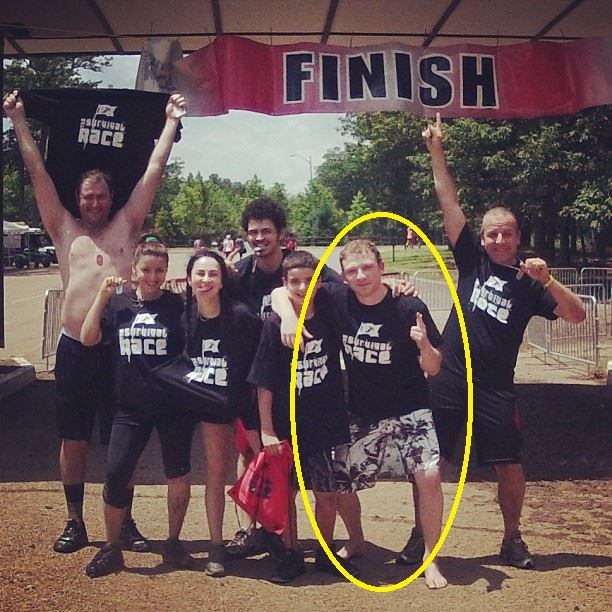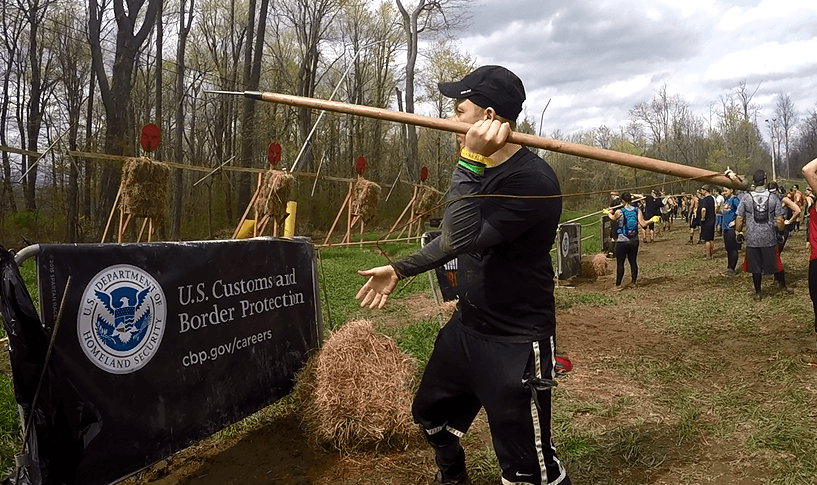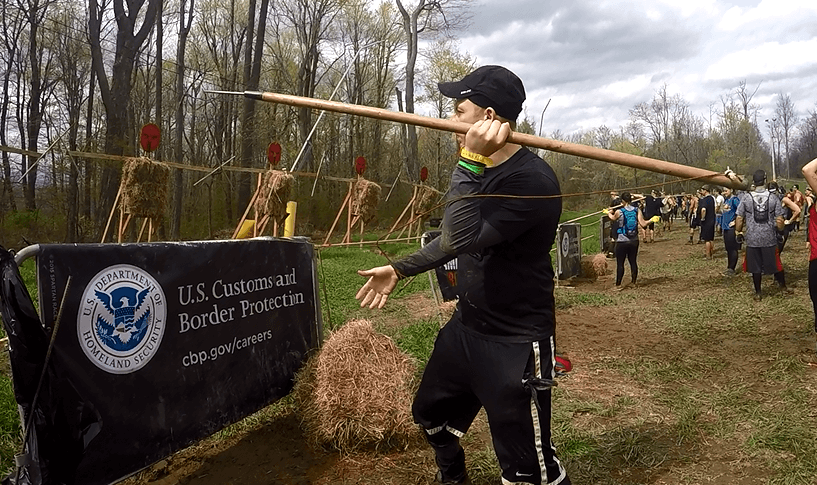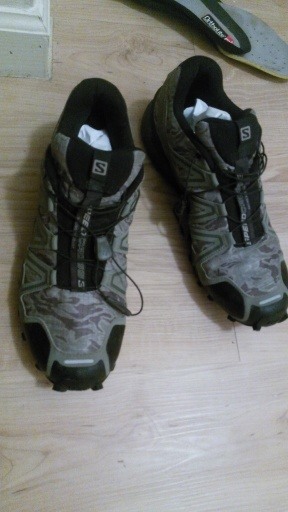The Survival Race was my second official mud run I completed. My review of the event is that it’s fun, but if you seek to challenge yourself, there’s better events to try.
You see before I did this event, I had completed another called Mud Man X which I have to say was equally as “difficult” but more fun with the challenges. I was invited to try the Survival Race by my uncle and both he and I were looking to challenge ourselves, so a name like the “Survival Race” seemed appropriate.
At the time however, we didn’t know about the true challenging mud runs like the Spartan Races and Tough Mudder (we did try those a few years later).
Info about the Survival Race:
The Survival Race is only 5K miles and good for beginners. There are “waves” of races that take place every 30 minutes where new registrants begin the trail. Our wave was at 11:30 a.m.
On our team, we had a man who was also interested in testing himself on the course, and since I wanted to as well, the rest just wanted to take their time, so he and I decided to run ahead to see how fast we could finish the race. We were doing very well and had no difficulty bypassing the obstacles which were muddy areas, running circles around trees, a sand mound and puddles, that’s how easy it was.
We were making great time and at our pace, we could have finished the race in under an hour. Unfortunately, about halfway, we hit a long line which was formed because people had to wait to pass 1 obstacle. And the people behind had to wait in line to try it out.
This was the worst part of the race because people who are anxious to get ahead wouldn’t be able to because the course was so narrow and you’re weren’t allowed to “cut in line” so those who are more physically fit ended up having to wait behind people who weren’t.
You may be thinking that if waves start every 30 minutes, that the faster people will just get ahead but the line that we had to wait in had people in waves that were before us (11:00 a.m. and even 10:30 a.m.!). That meant there were people that were stuck in that line for almost an hour.
Any person who was ahead of their wave’s participants by 15-30 minutes ended up still meeting up because of that one obstacles. So what was this obstacle that was causing the delays?
It was just a simple board…
It was about 3-4 feet high. All you had to do was run to it and use the speed of your run to climb it and then go over the other side which was also a board so it’s not like you were jumping on the other side. There really wasn’t anything to be scared of yet people instead of getting a running start to get through it were so scared that they would run up to it, stop, then try to climb it. Many were slipping because so many that were going over it had wet shoes so they left water on the board so most people that couldn’t complete it had to restart.
But they would restart immediately and were given as many chances as they wanted to pass it instead of going behind the line and giving the more physically fit a shot and that only made the line longer and longer. My team and I waited for over an hour before our turn came up.
This was very frustrating for my team and it really made the Survival Race a big disappointment. I understand that these events have people with different physical levels, but this course was set up so narrowly that there’s were very few areas where you could go around people that are slower than you.
Finally the “race” continued…
The same person who I went with ahead of my team early on in the race wanted to make up for the crazy amount of time we lost on that “obstacle” so we basically ended up fast jogging through the rest of the course. One kilometer of this involved us just going through basic wood areas, with some of them having mud.
However, in these areas, there weren’t many boundaries keeping us enclosed in the course, so I ended up running around any areas with mud because I just didn’t want to get more dirty. My companion however, didn’t care and just ran through it.
The last part of the Survival Race…
Once the woods ended, a huge open field was before us and it would be the last kilometer of the Survival Race. Here we would need to go through 4 final obstacles:
1) A simple board about 4 feet high with a large hold in it. You just had to jump through it.
2) A flat area where you have to carry some stuff for about 100 feet back n forth once, very similar to the Spartan Race, except it was much easier here.
3) A rope swing.
4) The last part was just a run through very thick mud which was also slippery. They put that there to make sure we were dirtied up as much as possible before the finish line…
We all enjoyed the Survival Run and for some of us, it wasn’t easy to do, but for myself and the gentlemen I was sprinting it through with, the only thing that made it difficult was the actual sprint, otherwise it was very simple to complete.
Like Mud Man X, this race was designed to people who are new to mud runs in general and if you’re in average shape, start with that one or the Survival Race. If you get too tired after finishing it, then this level is fine for you and you and if you find it easy, upgrade the 5K Spartan Race, then the other more advanced, longer courses!
Here is a list of mud runs and their difficulty levels. And finally, have you tried the Survival Race or other similar runs?


 and the more advanced the race, the more likely one of them can happen.
and the more advanced the race, the more likely one of them can happen. 







